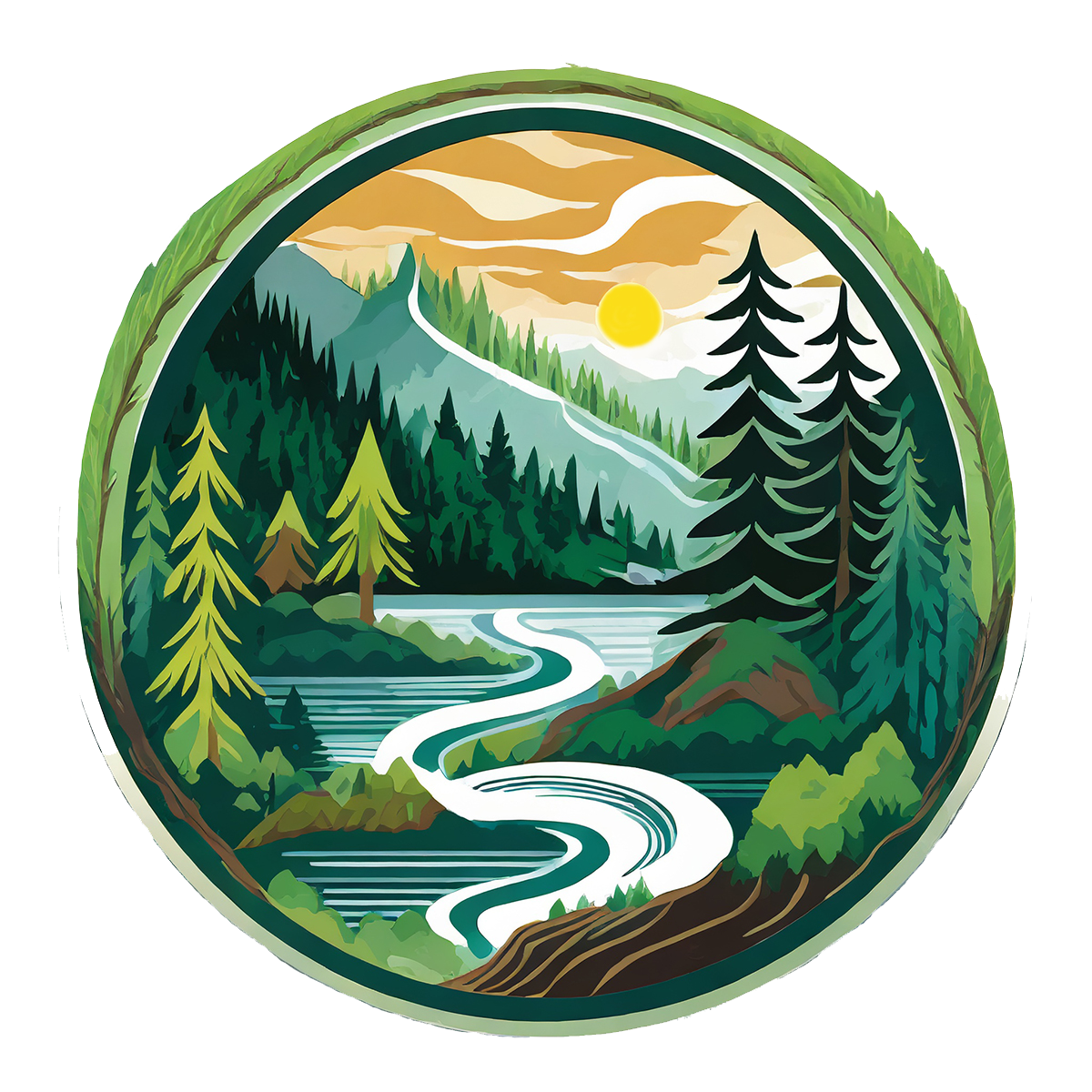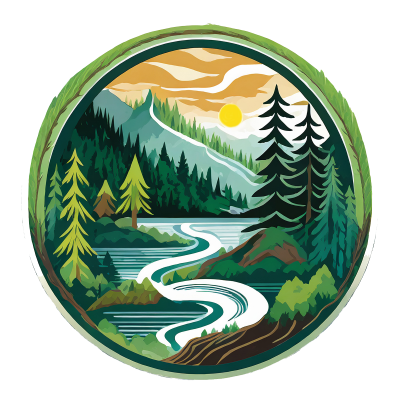There are a multiplicity of things to do to improve (or maintain) good health, but it makes sense to prioritize based on how long you can live without it. Air is, of course, at the top. And I hope it goes without saying that it's foolish to smoke, but if you do, please put the effort to quit at the top of your list. By that standard, water should be second. I believe it is of the utmost importance to seek out pure, good quality water. I hope these ideas and resources will be of value.

Step-by-step guide to selecting a home tap water filter (Environmental Working Group)
Find the right filter for your water – and budget
1. Find out what’s in your tap water.
To see what contaminants your water contains, search EWG’s Tap Water Database for your ZIP code or the name of the water utility that supplies your water. (Note that a community’s water may be supplied by more than one water utility. The reverse is also true: A single water utility may supply multiple communities.)
2. Compare filter types.
A table showing which water filter types – activated carbon, reverse osmosis, and ion exchange – can reduce levels of contaminants specific to your water will appear at the bottom of your water system page.
Some contaminants may be difficult to remove, or there may be just one technology that effectively removes or reduces the levels of a specific chemical. For example, reverse osmosis is the only type of filtration certified to remove nitrate and perchlorate.
When you are looking through the page with information about your community water system, you can click on the “Water Filter Guide” button under “Take Action” for more information about water filtration options.
3. Choose a filter.
EWG’s Water Filter Guide can help you identify the type of filter that is right for you.
There are several factors to consider when you pick a water filter. One is cost: Filters vary in price depending on the technology they use. The layout and size of your kitchen may be another when it comes to picking a countertop, faucet-mounted or under-sink filter. See this EWG infographic, “The Ins and Outs of Water Filters.”
When searching for a specific filter, keep in mind even filters of the same type can vary in their capacity to reduce the levels of specific contaminants. To ensure that a filter can remove a particular contaminant, check that it has been certified to do so by an independent third-party certification company.
4. Maintain the filter.
To make sure your filter functions properly, follow the manufacturer’s recommendations for cartridge replacement and maintenance. Bacteria can grow on carbon filters that are not replaced according to instructions.
Photo Credit
Pouring water from pitcher into a glass (banner)
Photo 92483249 | Food © Alfira Poyarkova | Dreamstime.com
Woman pouring filtered water from filter jug into glass
Photo 169538054 © Mariia Boiko | Dreamstime.com

We all need the same things: clean air and clean water. We have a lot of work to do, but if we can combine our strengths, we can fight for what’s right. ~ Jake Edwards, Onondaga
Northwest Light Therapy is an educational project of Cascade Digital Works © 2024
The Northwest Light Therapy website is offered as a source of health and wellness information. The content provided by Cascade Digital Works, LLC, is for informational purposes only and is not intended as medical advice. As such, the information provided is not a substitute for professional medical advice, diagnosis, or treatment. Users are encouraged to consult a healthcare provider for any medical concerns.
Privacy Policy
We respect your privacy. We do not share your personal information with any individual, business or government agency. Ever.

